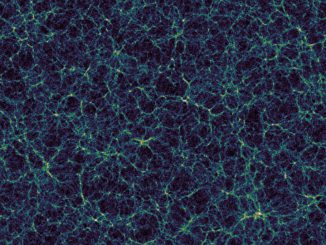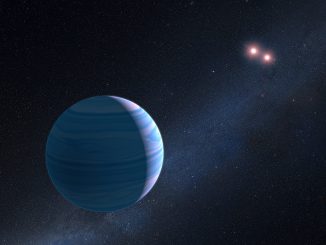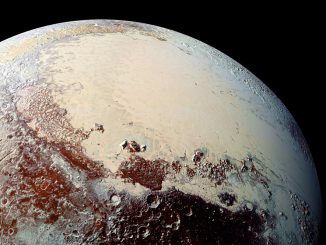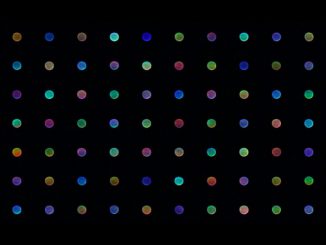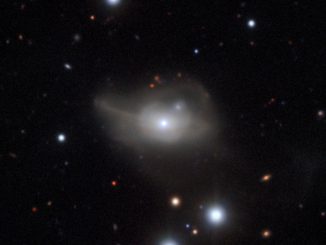
The hidden dark side of spiral galaxy NGC 24
This glorious spiral galaxy is known as NGC 24, measures some 40,000 light-years across and lies about 25 million light-years away in the southern constellation of Sculptor. However, there may be more to this picture than first meets the eye: 80 percent of NGC 24’s mass is thought to be held within an invisible dark matter halo.

